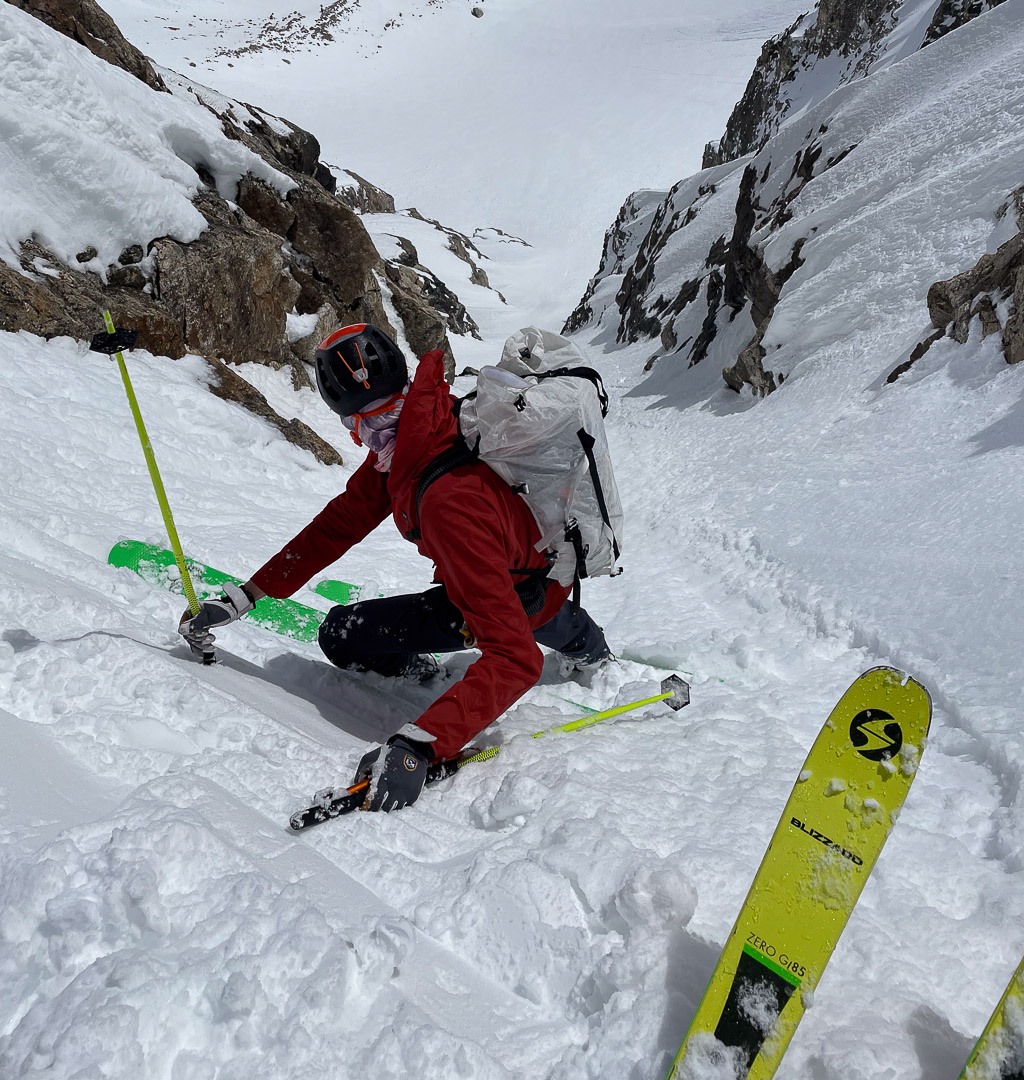I’ve been all over the map on ski helmets. So, I want to start with a few general rules of engagement for this helmet standards piece. First, we are not going to be prescriptive. Do we want you to protect your noggin and come home back to your people (and pets)? We 100% do. All we can say is be safe. Second, we come to this with the perspective that we are individuals and have full access to the safety standards—you choose what works for you. There are many helmets in the marketplace. Third, the best helmet for you is probably the one you are most likely to wear when skiing/riding, descending or ascending, and overhead hazards are present. (Overhead hazards could run the gamut from ice chunks, snow, or rock shedding from above, avalanches, sluff that could knock you off your feet, skiers/riders on top of you, etc.)
You know you, and you know what you will wear. Some may scoff, but I’ve fallen into the routine of understanding my surroundings and knowing what I am likely to carry and wear—that’s been a Petzl Sirocco for several years. Before that, in descending order, there was a Petzl Meteor that was destroyed on the Grand Canyon via too many knocks from the oars (most often, I secured it near the rowing cockpit), a Camp Speed Comp lid, and an older, but certified for downhill (read on-piste) skiing/riding helmet.
One more time. I’m more likely to wear a lighter, minimalist helmet, so I bring the Sirocco. This helmet meets some protection standards, but not all, as it is not certified to be worn as an on-piste PPE for the head. (Some might even say it is lacking sufficient protection for an off-piste skier/rider.)
Lastly, helmet design and integrity have come a long way. Many options exist for dialing in fit, style, weight, and additive safety features like MIPS (or proprietary, yet similar, designs). And helmets, like the Sirocco, featuring ample vents, do not meet certain penetration tests. Conversely, some helmets used by backcountry skiers also meet cycling standards and, thus, can be used for skiing, climbing/mountaineering, and cycling.






Leave a Reply
You must be logged in to post a comment.